
January 2019
Any new disruptive technology will bring with it birthing problems. For mobile phones it was batteries the size of suitcases, for the internet it was snail fast connection speeds. For virtual reality it has been the umbilical cord which ties the user to a computer station. This leash not only holds the user back from truly exploring the virtual worlds we as developers promise them but also reminds us, this technology is 100% dependent on a beefy computer set up humming away in the background. 2019 might just be the tipping point that cuts the cord.
Although brave attempts with mobile virtual reality such as the OculusGo and Samsung GearVR has untethered the user, the sacrifice of 6DoF positional tracking (movement) and a lack of tracked input solutions (your controllers) has rendered these merely cute, short term taster to virtual reality but with zero long term application. By 2020 a 3DoF VR system (non movement) will be something we look back at and snigger, just as we do with overly large phone batteries.
Well its just a matter of time till my Oculus goes truly wireless I hear you say. Not exactly sadly. A long & detailed interview with the general manager of one of the leading wireless solution companies revealed a secret world of hyper complexity in ensuring a stable & reliable wireless signal from PC to headset could be scaled to meet the growing data being pushed to the visual displays (especially with higher resolutions coming in gen 2 headsets) beyond a range of 6 meters. And any sort of minor interference (which one might have at a trade fair or public exhibition space) would most likely render the wireless solution unusable. Although there are indeed wireless solutions on the market right now, their reliability is very much in question.
So with mobile VR on the way out, and proper wireless VR awkwardly lagging behind we see the emergence of ‘inside out’ tracking technology aiming to fill that gap. Inside out tracking allows for the headset to get a sense of where it is by scanning the room from four cameras based on the headset itself. 2018 saw the release of two of these headsets already; the Vive Focus and Lenovo Mirage and last week Oculus announced its own contender to fill the space with the Oculus Quest in Q1 2019. These headsets not only onboard all the CPU processing & battery needs, meaning there is no need for a PC or external power source, but also offer tracked input solutions meaning your controllers will be joining you for the ride. Unlike the Vive Focus or the Lenovo Mirage, Oculus Quest was smartly announcement with a plethora of new & familiar VR titles that will launch with the headset next year kicking off a fresh buzz in the VR industry around its potential consumer & industry applications.
From a consumer’s perspective I believe headsets like the Oculus Quest, priced at 400 USD, will offer enough bang for their buck to give VR a much needed kick in the backside to gain more consumer traction, allowing a ‘grab & go’ experience, yet one that will be far more active & engaging with proper tracked user movements, going well beyond the ‘introduction to VR’ type of experience found on most mobile VR headsets.
From an industry perspective we end up with a VR headset that will offer moderate graphics, while being able to do away with not only the wire but the PC it connects to giving the user a fully tracked experience of moving around pretty much an unlimited space. Many of our client projects have revolved around relatively stationary spaces due to the restrictive cabling with client requests to explore more ‘open environments’ met with baited breath our end as we scoped out solutions that could meet their needs while maintaining costs down and reliability up. Inside out tracked headsets like the Oculus Quest will comfortably meet needs for industry projects that require users the ability to move freely within a large space, offer intuitive interaction with fully tracked controllers while also maintain a descent visual experience all at a very reasonable hardware price point.
At Glitch we are super excited to be developing out for these headsets and have already started exploring the Lenovo Mirage platform. VR is cutting its umbilical cord & is growing up fast!

 Cultivating Minds: How Havrå Farm Game will Grow Sustainable Leaders
Cultivating Minds: How Havrå Farm Game will Grow Sustainable Leaders How cultural heritage is leveraging blockchain and NFTs to reconnect to their audience
How cultural heritage is leveraging blockchain and NFTs to reconnect to their audience It’s hot tub time
It’s hot tub time The renaissance of the classic arcade
The renaissance of the classic arcade A model for understanding the virtual reality experience
A model for understanding the virtual reality experience How VR / AR are an effective b2b sales solution
How VR / AR are an effective b2b sales solution VR – Machine driven human to human interaction
VR – Machine driven human to human interaction Our long road to getting virtual reality on the road
Our long road to getting virtual reality on the road The information age is dead welcome to the experimental age
The information age is dead welcome to the experimental age Anatomy of VR
Anatomy of VR Deciphering the hololens
Deciphering the hololens Make it sound right or break immersion
Make it sound right or break immersion Branding your reality
Branding your reality A deep dive into immersion
A deep dive into immersion Why the suit & ties don’t get VR
Why the suit & ties don’t get VR The hidden marketing value of virtual reality
The hidden marketing value of virtual reality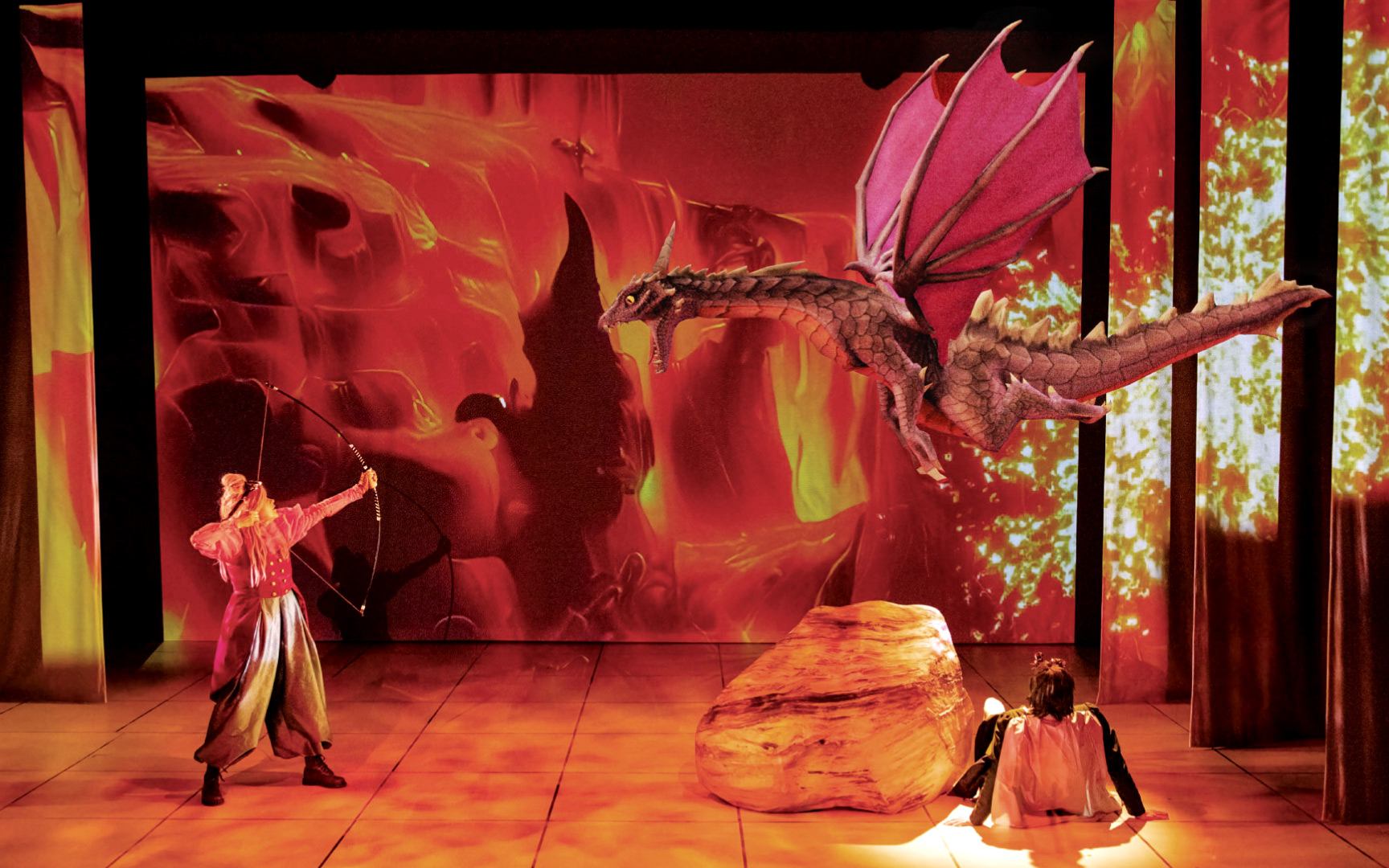 Theatre reimagined with AR
Theatre reimagined with AR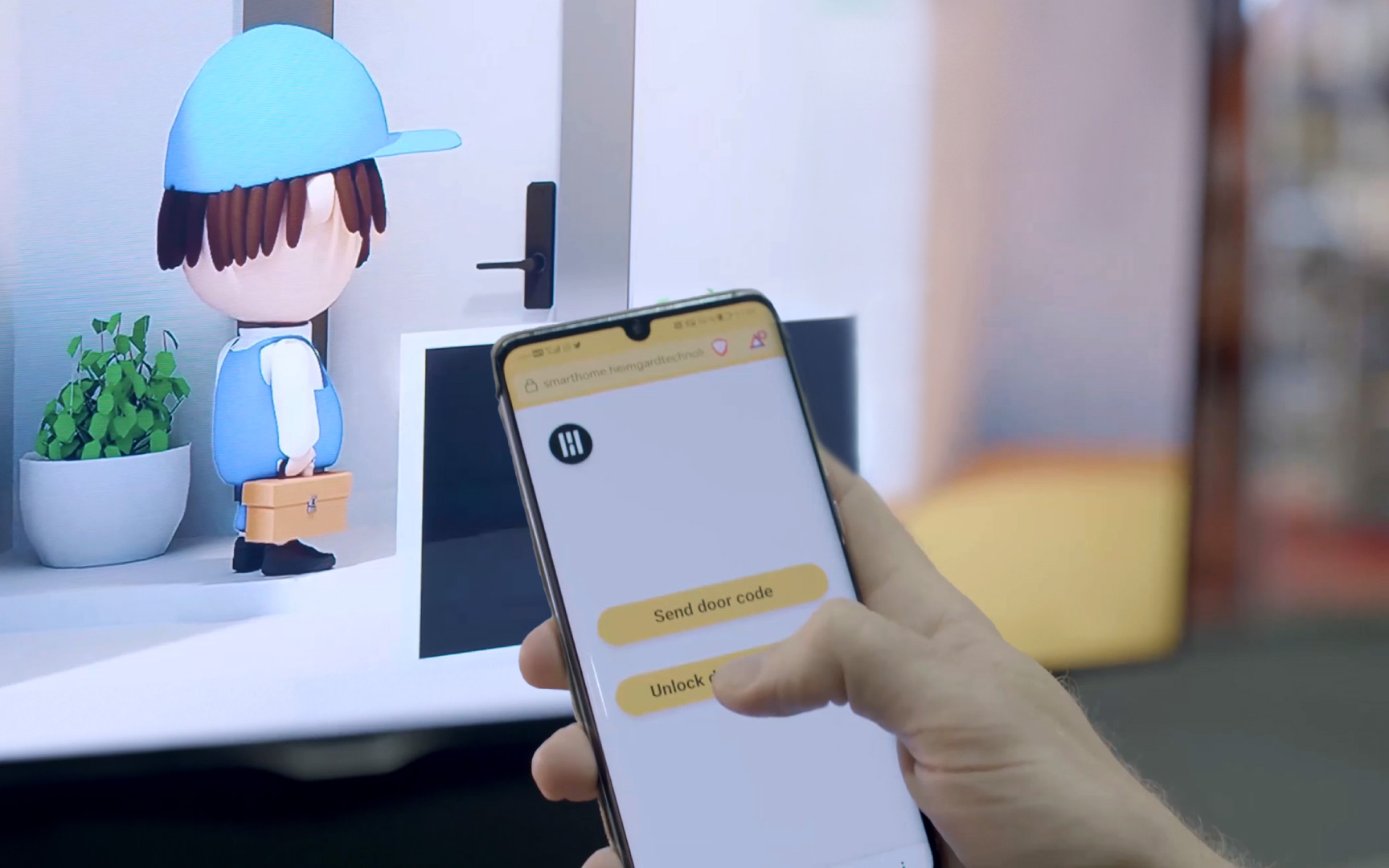 Let your audience control their experience
Let your audience control their experience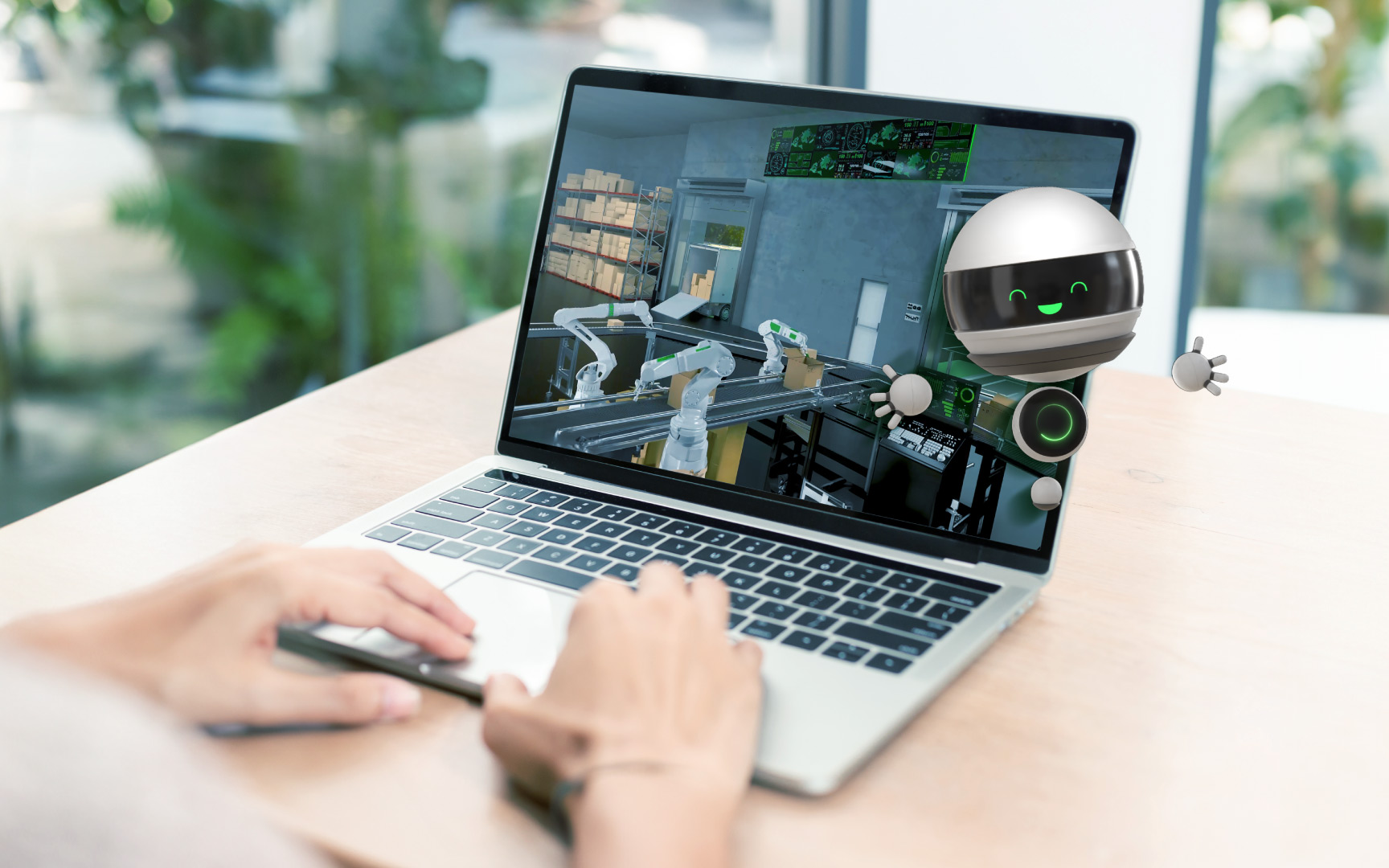 Immersive web to CRM integration for lead gen
Immersive web to CRM integration for lead gen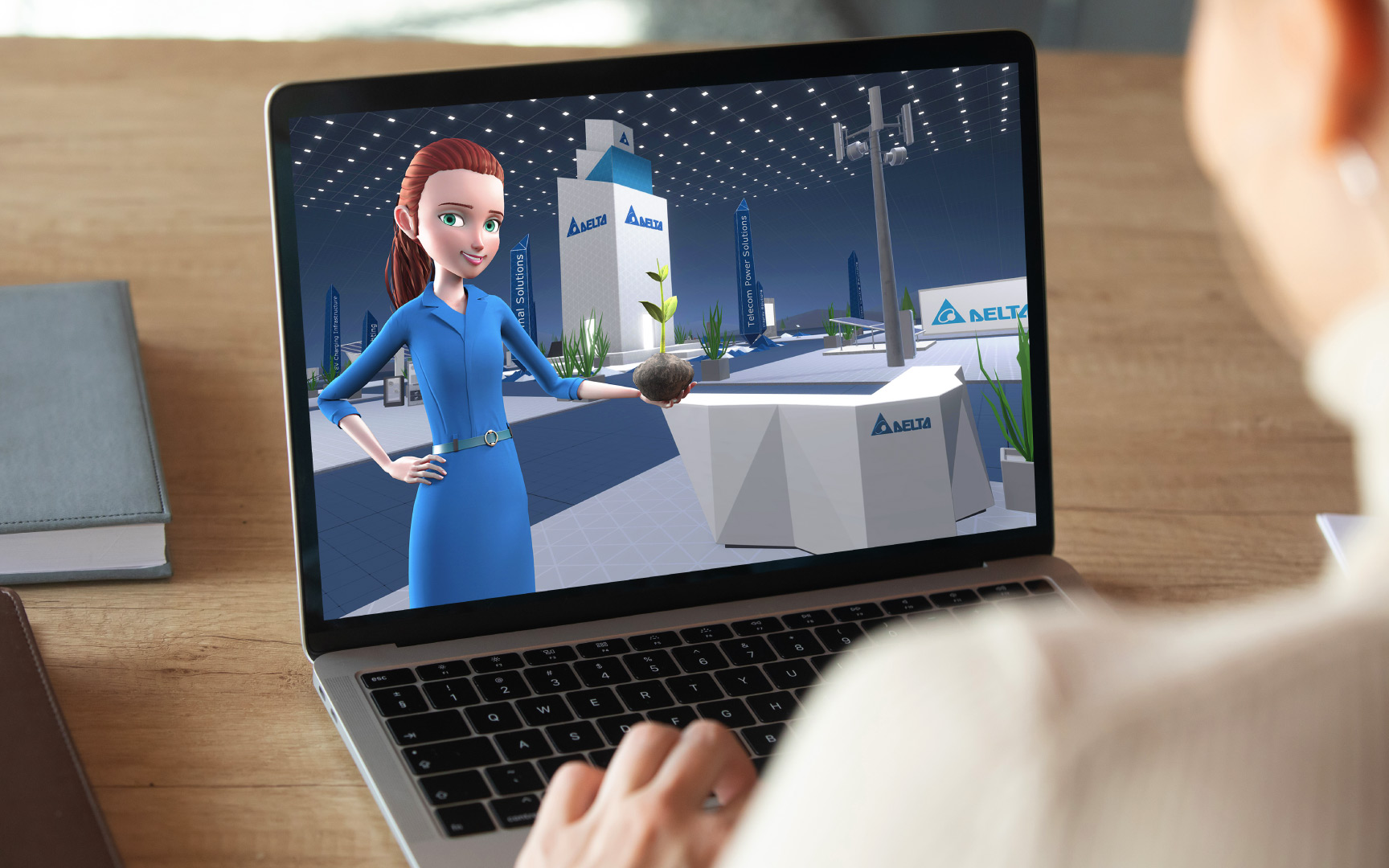 Digital interactive exhibitions during the pandemic
Digital interactive exhibitions during the pandemic Creating a virtual museum with photogrammetry
Creating a virtual museum with photogrammetry Sailing across the pacific in VR
Sailing across the pacific in VR Audience engagement through immersive web
Audience engagement through immersive web Share your architectural vision in AR
Share your architectural vision in AR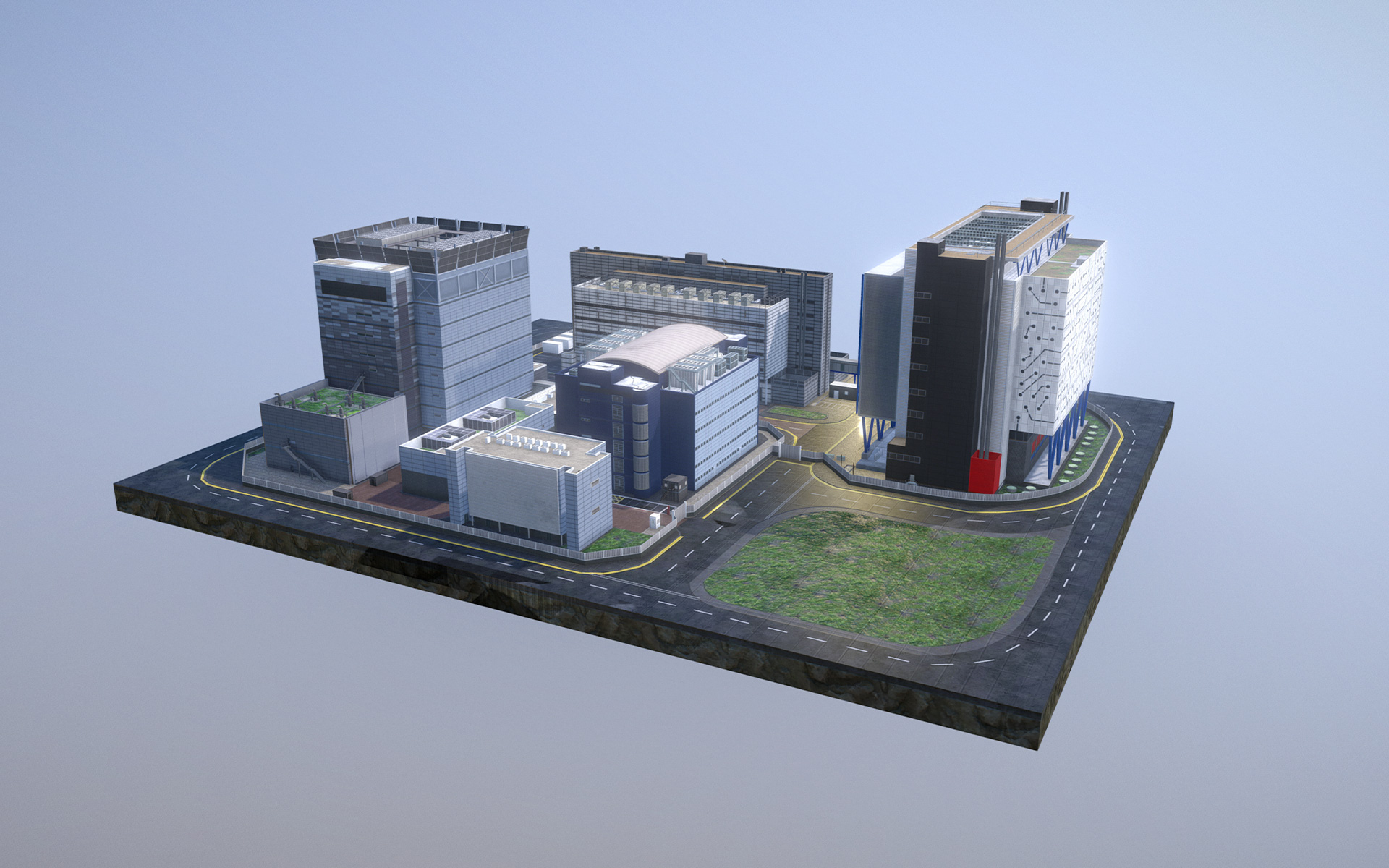 Selling complex installations across WebGL and VR
Selling complex installations across WebGL and VR Bringing history to life with 360 photospheres
Bringing history to life with 360 photospheres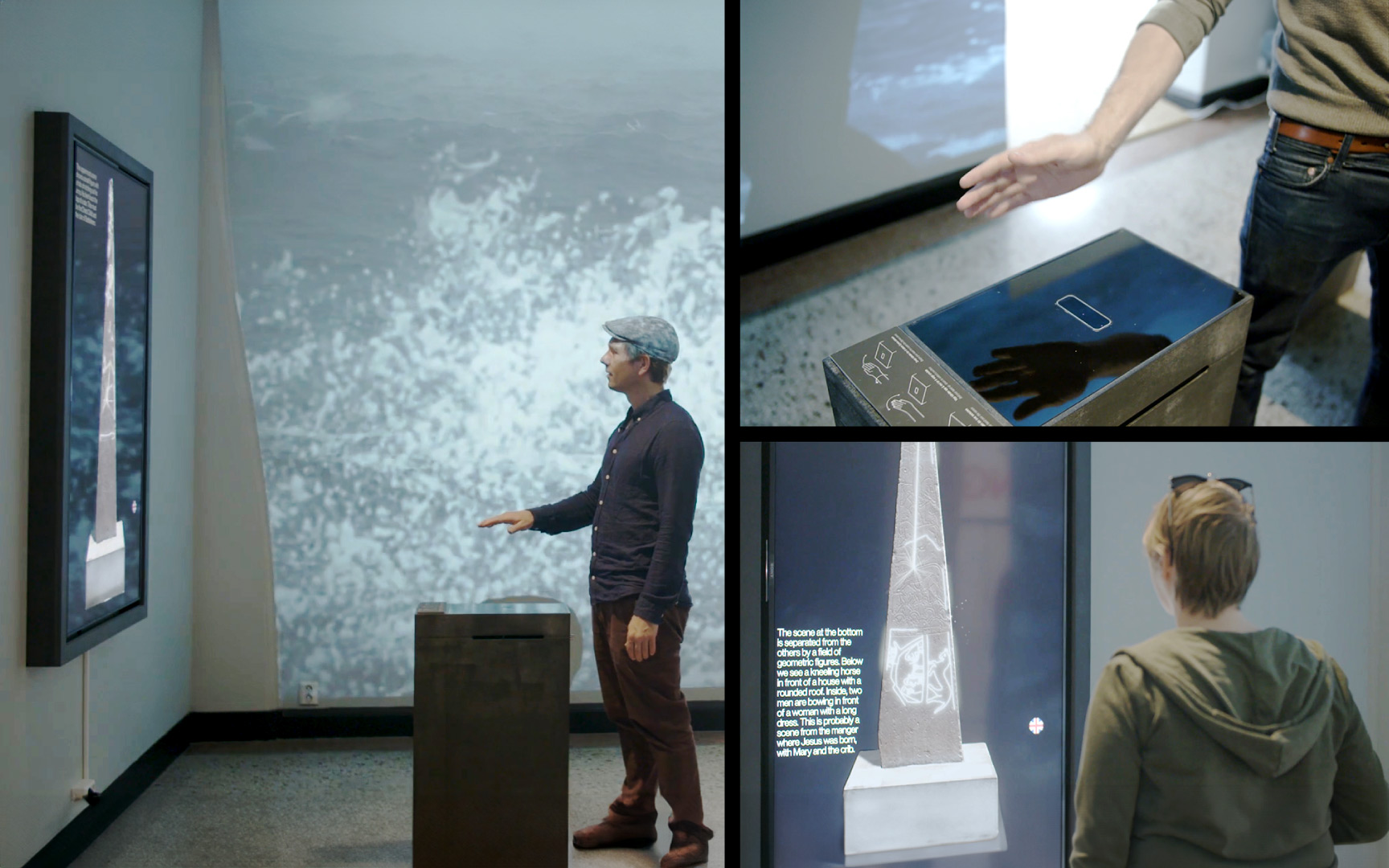 Digitizing hard to exhibit historical artifacts
Digitizing hard to exhibit historical artifacts Creating an immersive product showroom
Creating an immersive product showroom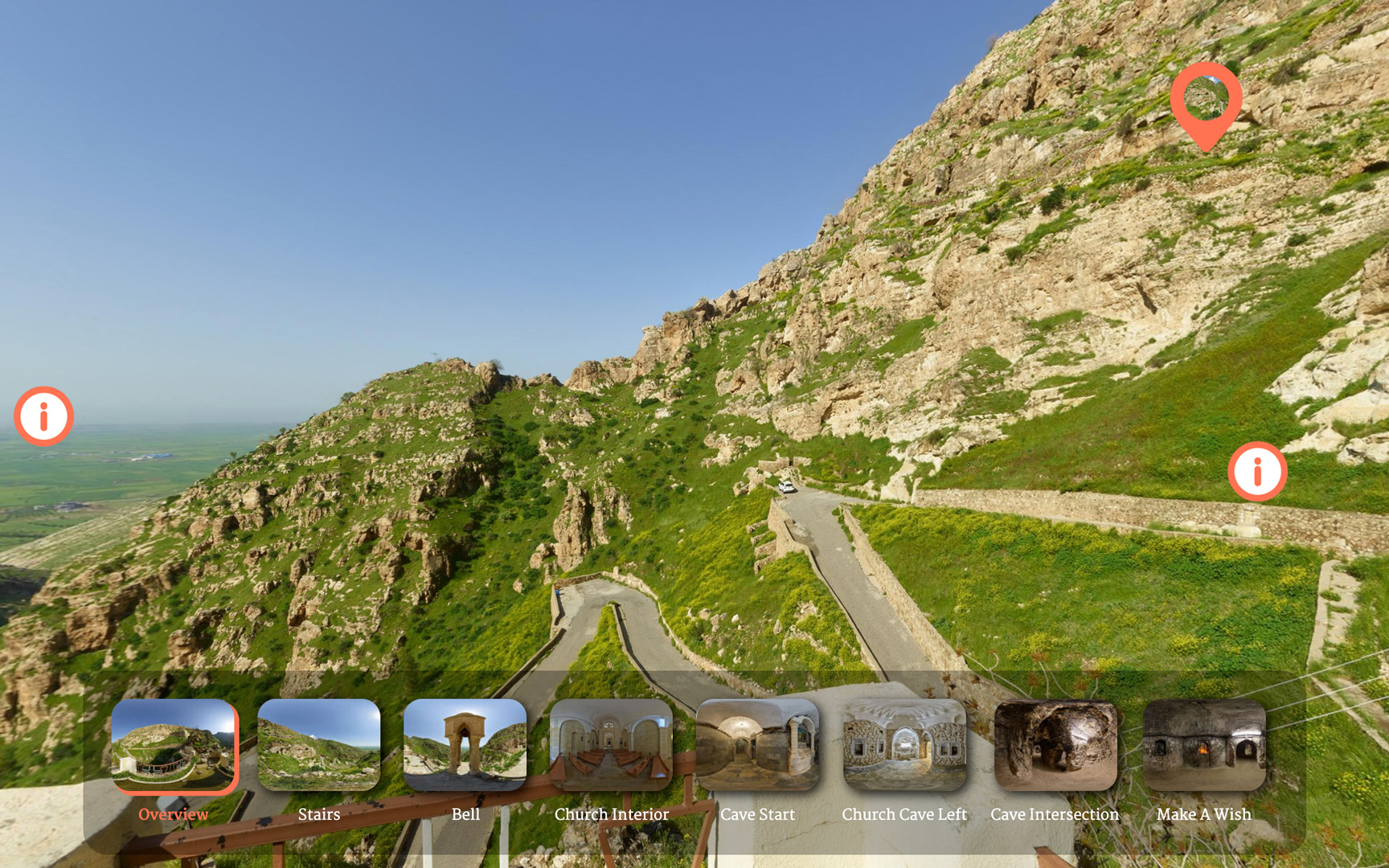 Creating interactive 360 heritage site tours for web
Creating interactive 360 heritage site tours for web